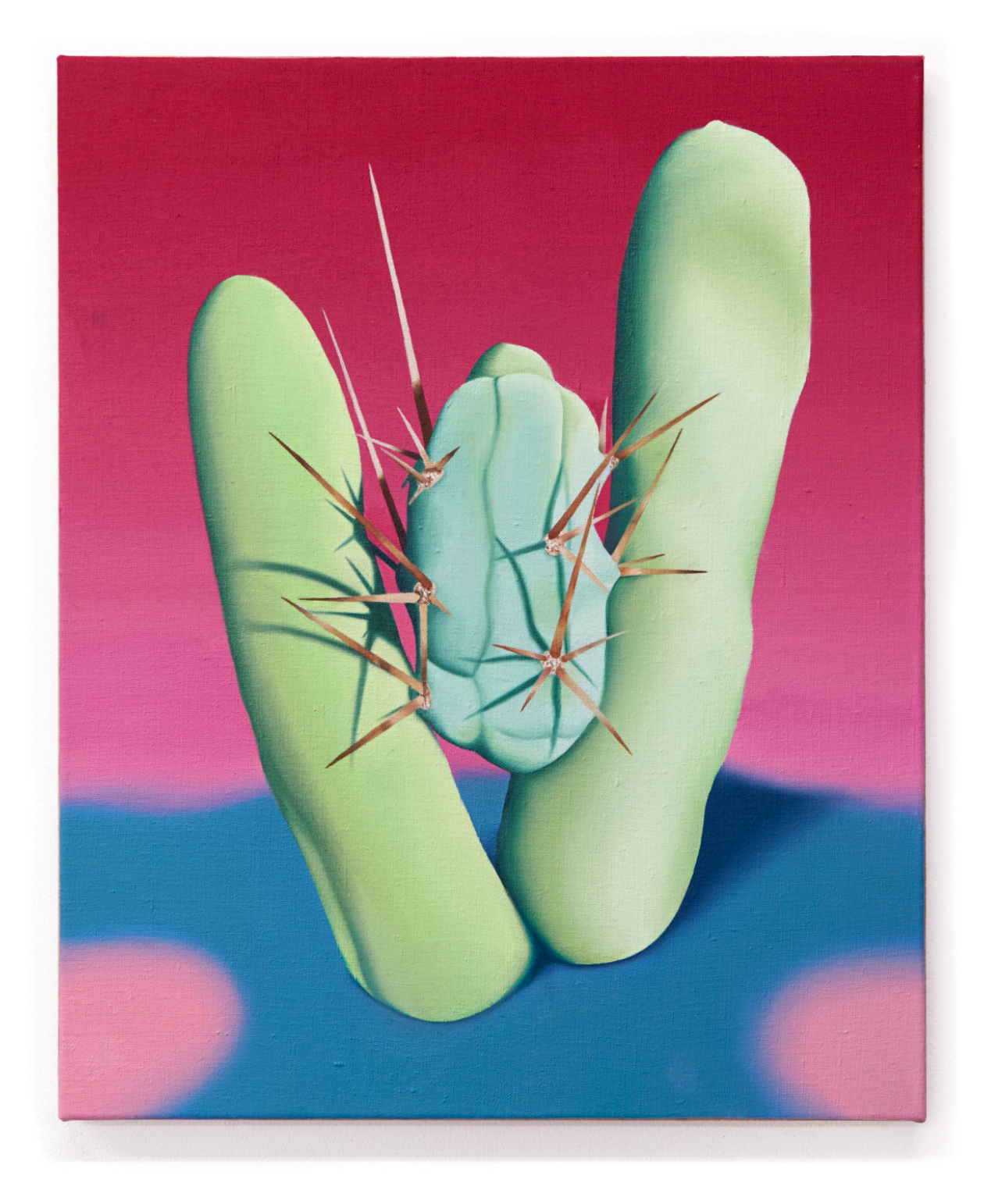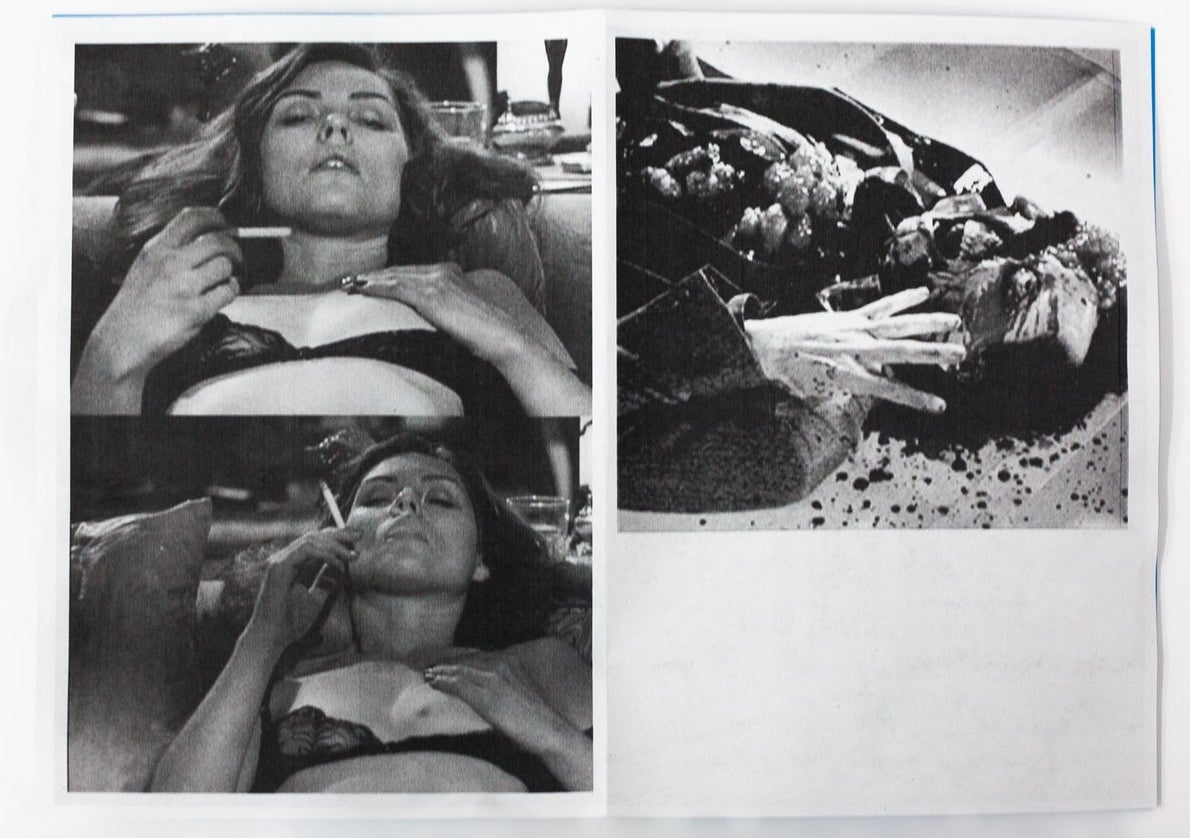Features
Georgia Stephenson, Allan Gardner, Jesse Pollock, Jane Hayes Greenwood
Yew! Magazine, Cornwall
Written for the inaugral edition of Yew! Magazine, a new Cornish arts and culture magazine published by Yew! Media. The first edition was called “Beyond the Ring and Thimble,” and considered the relationship between the flâneur and the fisherman, the theatre and the mundane, the ring and the thimble.
I contributed four features which took as their starting point artists whose work explores the relationship between landscape and subjectivity, rural and urban, or else had made a bold effort admist the COVID-19 pandemic of that year to create innovative ways in which to display, consider and reflect on contemporary art. These included recent work made by Jesse Pollock and Jane Hayes Greenwood, alongside curatorial projects by Georgia Stephenson and self-published arts criticism by Allan Gardner.

Extract —
“ Ever since reading Silvia Federici’s The Caliban and the Witch, I have been intrigued by the relationship between what Michel Foucault first called “biopower” — instruments of power and regulation aimed at the subjugation of biological processes — and the use of organic substances in entheogenic traditions. Discovering the dreamlike paintings of Jane Hayes Greenwood seemed to tell me everything that book had taught me and more. Over the past two years Jane’s paintings have dovetailed into a rabbit hole of mystical plants and flora, delving deep into the histories of organic fertility symbols, midwifery and medicinal botany. Jane’s work evokes the wondrous and hallucinogenic properties of the plant kingdom, with her unique and individual species appearing to the common eye as either extinct or wholly outlawed (in some cases they are simply pure imagination, in some cases far more quotidian than we first might imagine). On the one hand, there is a clear psychoanalytic or surrealist preoccupation in the work (it appears as no coincidence that Jane was soon to become a mother after starting recently started series in 2019), as there are numerous allusions to the power of the organic body, its generative properties and the convoluted desires that emerge through the proximity of aphrodisia and maternity.
However, it is the deeper realisation that despite their kaleidoscopic beauty, these plants in fact represent a series of foreclosed histories; methods of cultivating, healing and being in the world that were purposefully suppressed by the rise of global capitalism. They remind us that not only was this economic system grounded in the enclosures of land in European countries and their colonial settlements, but also through the privatisation of plant germ-plasms, the introduction of pharmaceutical patents and the demonization of practices involving autodidactic botanical activity – the therapeutic, recreational or ritualistic practices of herbalists, druids, alchemists and midwives. In the words of Federici, “It became a matter of exterminating or confiscating a certain ecology of body and soul, hallucinogenic treatments, and forms of pleasure or excitation ... traditionally practiced by women, colonised peoples, and non-authorised sorcerers.” Jane’s work is a testament to the revelatory powers of this suppressed ecology of entheogenic practices, exploring how desire, control and magical thinking manifest in our contemporary relationship to the natural world. Recent solo shows include The Witch’s Garden at GiG, Munich, and Lead Me Not Into Temptation at Block 336, London, of which Jane is also a founding Director.
—
“Genuine arts criticism is seldom found cheek and jowl with glossy adverts for Issey Miyake and Yves Saint Lauren — and with art magazines endlessly boiling over into countertop PR machines for over-priced global brands, your best bet to finding true criticism is in the lo-fi inkjet prints of DIY publishing and artist fanzines. Nowhere is there a better case in point that Allan Gardner’s year-long project to produce a monthly piece of original arts criticism (short essay format — perhaps with an accompanying interview) for the full season of 2021 — all sold through his online bigcartel, FUTURE OF NOTHING. Kicking off in January with “Sex and Guilt and John Duncan”, Gardner immediately snared my now-unwavering attention with a meticulous unpacking of Duncan’s mid-70s LA performances: brutally existential and confrontational, they ranged from firing blank-loaded pistols at unwitting participants to sexually stimulating unsuspecting passengers on a city bus with a liquid poured into the ventilation system (aiming to mimic the smell of vaginal secretions during orgasm).
Gardner’s short essay and interview with Duncan are telling of his consistent writing style: always inquisitive, accessible and compelling. Gardner takes no shortcuts through established rhetorics and never relies on the humdrum platitudes of generic arts criticism. He has since covered subjects including the body-horror classic, VIDEODROME (1983); the semiotics of authenticity in the late rapper Lil Peep; Gregg Araki's 1995 film, The Doom Generation; and a critical analysis of Mark Fisher’s now-infamous term, “The Slow Cancellation of the Future”. Not least, but each of these editions come fitted with a high-res centrefold print at the minimal fee of £6.66 all-inclusive of UK shipping. Be quick though, Gardner’s project is already in high demand and the small-run prints sell out fast. Sign up and set your notifications to loud… don’t sleep.”
 Edited by Charlie McQuaid
Edited by Charlie McQuaid